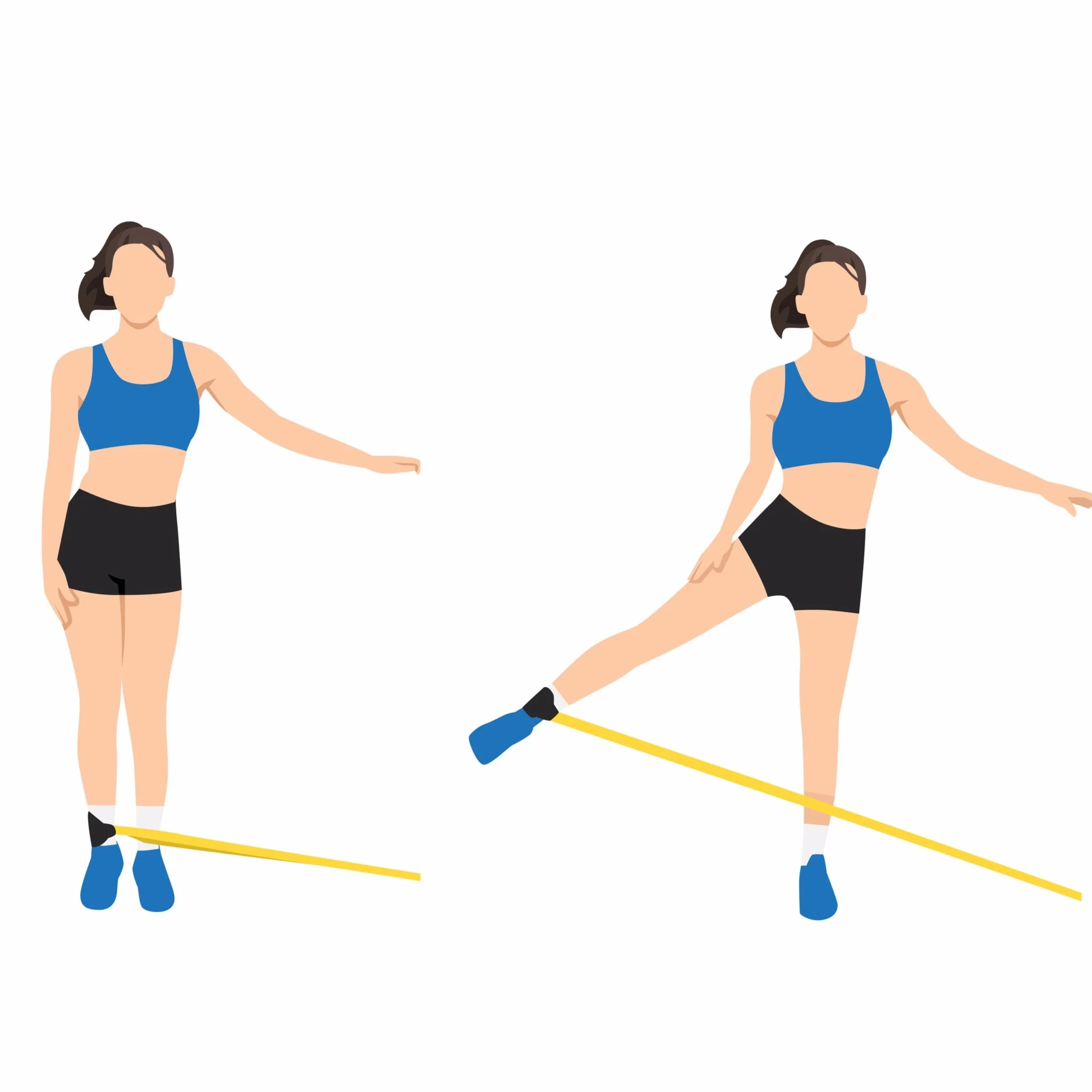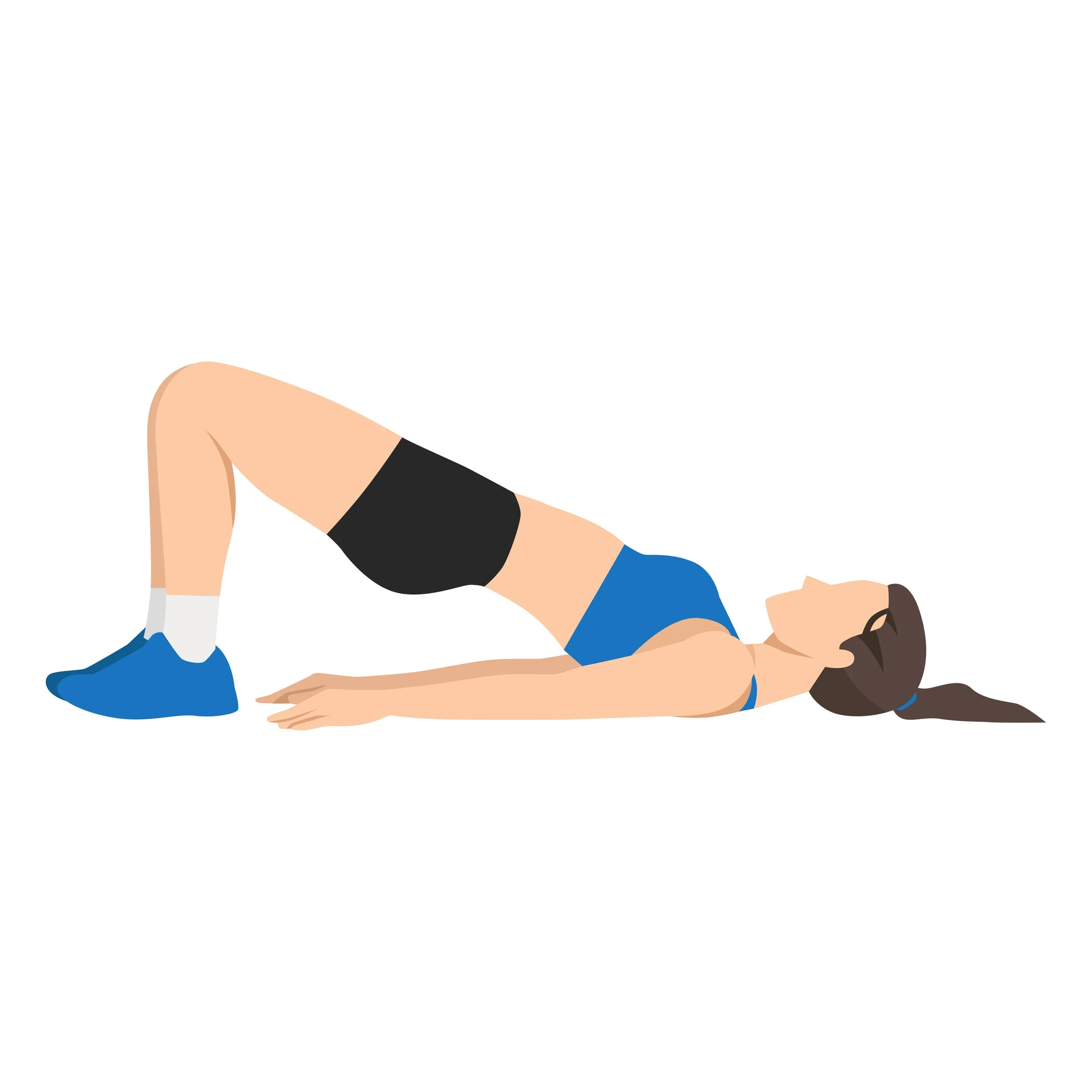Say Goodbye to Hip Pain: Try These Simple Exercises at Home
Hip pain can be a debilitating issue that affects individuals of all ages, hindering their ability to perform everyday activities and enjoy an active lifestyle. Whether it's caused by conditions like osteoarthritis or injuries such as hip fractures, finding relief and improving hip health is a top priority for those experiencing this discomfort. Fortunately, there are effective home exercises that can help reduce hip pain and improve mobility. In this blog post, we will explore three simple exercises that can be done in the comfort of your own home to alleviate hip pain and promote a healthier, more active lifestyle. So, if you're looking to break free from hip pain and regain control of your body, keep reading to discover the exercises that could change your life.
What are the causes of hip pain?
Hip pain can be caused by a variety of factors, and understanding the root causes can help individuals find relief and improve their overall hip health. Here are some common causes of hip pain:
1. Osteoarthritis: This is the most common cause of hip pain, especially in older adults. Osteoarthritis occurs when the protective cartilage in the hip joint wears down over time, leading to pain, stiffness, and decreased range of motion.
2. Bursitis: The bursae are small fluid-filled sacs that cushion the hip joint. When these sacs become inflamed, it can cause pain and discomfort. Bursitis is often caused by repetitive activities or overuse of the hip joint.
3. Tendinitis: This occurs when the tendons that connect the muscles to the hip joint become inflamed. It is typically caused by overuse or repetitive movements, such as running or jumping.
4. Hip fractures: A fracture in the hip, commonly caused by a fall or other traumatic injury, can cause severe hip pain. This type of injury often requires immediate medical attention.
5. Hip labral tear: The labrum is a ring of cartilage that surrounds the hip socket, providing stability to the joint. When the labrum is torn, it can cause sharp, stabbing pain in the hip.
6. Hip impingement: Also known as femoroacetabular impingement (FAI), this condition occurs when the bones of the hip joint rub together, causing pain and a limited range of motion. It can be a result of structural abnormalities in the hip joint or repetitive activities that cause excessive rubbing and irritation.
Simple Hip pain relief stretch and exercises
If you're among the many individuals recovering from injuries and seeking solace from hip pain, you've come to the right place. Hip pain can be debilitating, limiting your mobility and hindering your everyday activities. But fear not! We've compiled a list of simple exercises that can help reduce hip pain and improve your overall mobility. Incorporate these exercises into your daily routine, and you'll be on your way to a pain-free life in no time.
1. Hip Flexor Stretch:
One of the primary causes of hip pain is tight hip flexors. To alleviate this discomfort, start by kneeling on one knee and placing the other foot flat on the ground in front of you. Gradually lean your weight forward, maintaining an upright posture. You should feel a gentle stretch in the front of your hip. Hold this position for 30-60 seconds and repeat on both sides 1- 3 times.
2. Hip Abduction with Resistance Band:
To further reduce hip pain and improve your hip mobility, incorporate hip abduction exercises with a resistance band into your routine. Start by attaching a resistance band around your ankles and standing with your feet shoulder-width apart. Keeping your core engaged and your back straight, slowly lift one leg out to the side, away from your body, against the resistance of the band. Pause for a second at the top, then lower your leg back down. Repeat this movement for 10-15 repetitions on each leg, aiming for 2-3 sets.
This exercise targets the muscles responsible for hip abduction, which are crucial for stabilizing your pelvis and maintaining proper hip alignment. Strengthening these muscles can help alleviate hip pain and improve your overall range of motion.
Remember to start with a light resistance band and gradually increase the tension as you become stronger. It's important to perform this exercise with controlled movements and avoid any jerking or bouncing motions to prevent further injury.
3. Banded Side Step Exercise:
To target the muscles responsible for hip abduction and further strengthen your hip muscles, try the banded side step exercise.
Begin by placing a looped resistance band around your ankles and standing with your feet shoulder-width apart. Engage your core and maintain a slight bend in your knees. Take a step to the side with one foot, stretching the resistance band. Keep your hips level and avoid leaning to one side. Take several steps to one side, then repeat the movement in the opposite direction. Aim for 10-15 steps on each side, and perform 2-3 sets.
This exercise specifically targets the muscles that support your hip joint, improving stability and reducing pain. It also helps to increase your range of motion and flexibility in the hip area. By regularly incorporating the banded side step exercise into your routine, you'll notice significant improvements in your hip pain and overall mobility.
Remember to start with a resistance band that provides enough challenge but still allows you to maintain proper form. As you become stronger and more comfortable, you can increase the resistance of the band to continue challenging your muscles.
In addition to these exercises, it's important to listen to your body and avoid any movements or activities that cause pain or discomfort. If your hip pain persists or worsens, it's always best to consult with a healthcare professional for a proper diagnosis and personalized treatment plan.
4. Glute Bridges:
Glute bridges are an effective exercise for strengthening your hip muscles, which can help alleviate pain. Begin by lying on your back with your knees bent and feet flat on the ground. Slowly lift your hips off the floor until your body forms a straight line from your knees to your shoulders. Squeeze your glutes at the top and hold for a few seconds before lowering back down. Aim for 10-15 repetitions, 1-3 sets.
Incorporating these stretches and exercises into your daily routine can make a significant difference in reducing hip pain and improving your mobility. By targeting the muscles responsible for hip flexion, hip abduction, and glute strength, you can alleviate discomfort and increase your range of motion. Remember to start with lighter resistance and gradually increase as you become stronger. Consistency is key, so make sure to perform these exercises regularly and consult with a healthcare professional if you have any concerns. Take control of your hip pain and regain your freedom of movement with these simple yet effective exercises.
Always listen to your body and consult with a healthcare professional if you have any concerns or underlying conditions.







